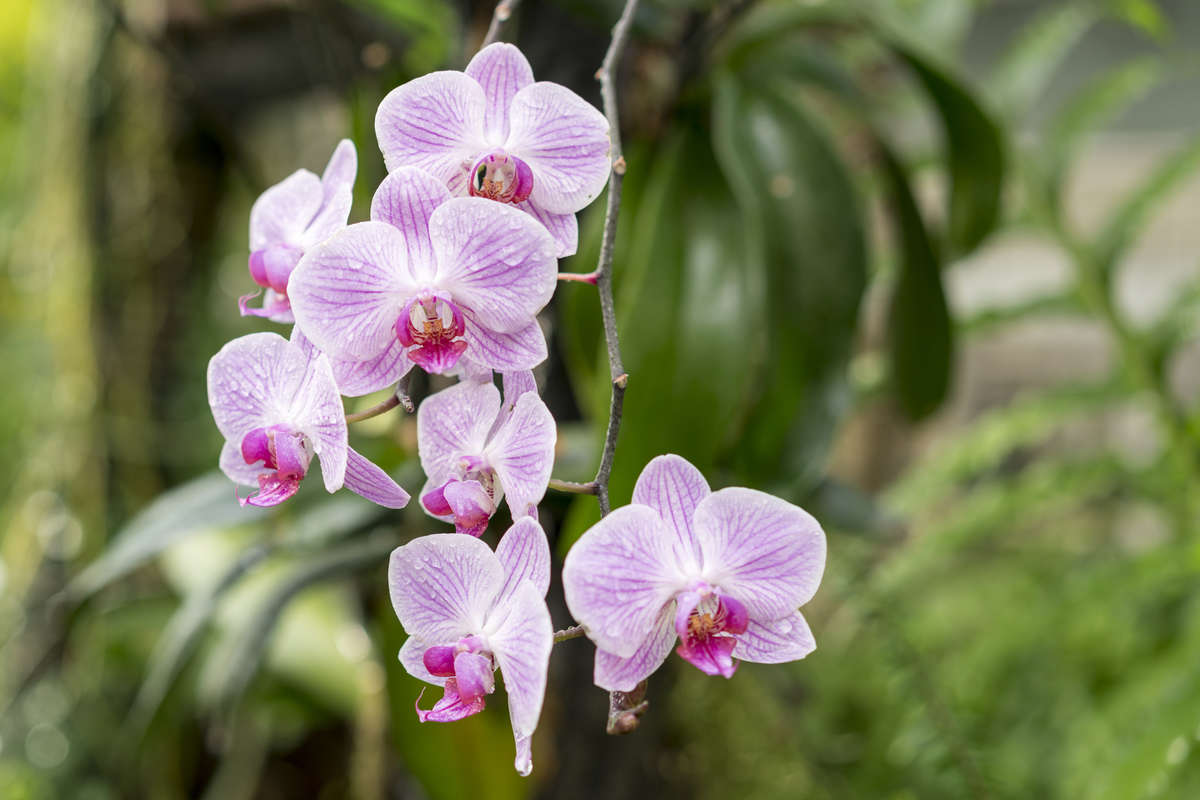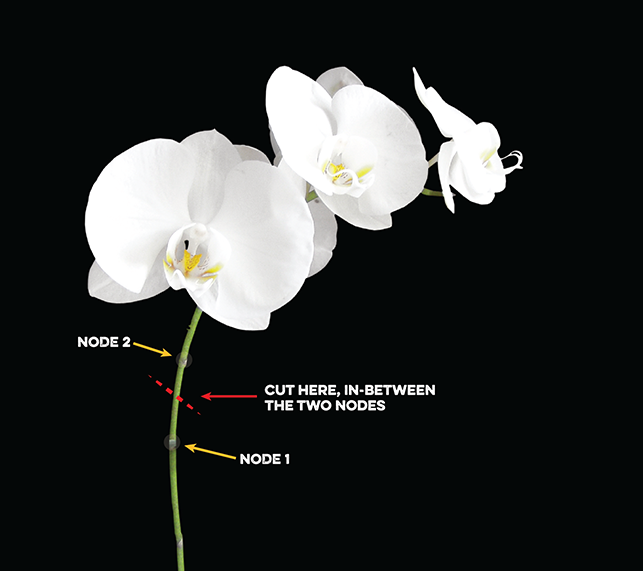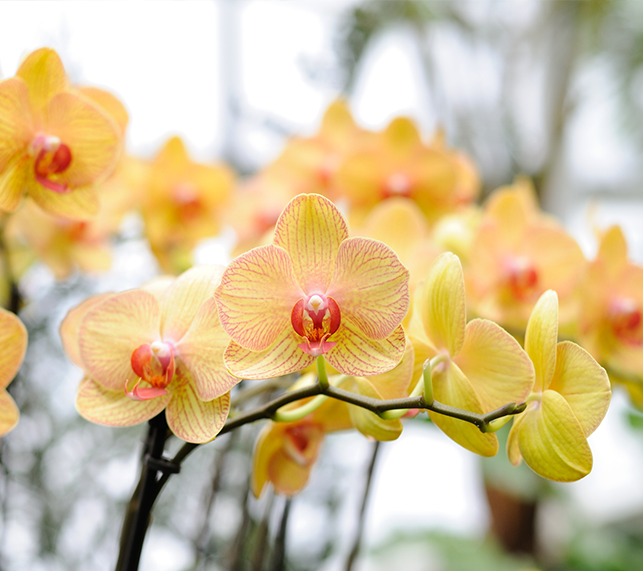
Living in Opulence with Orchids

Living in Opulence with Orchids
Orchids have always been a long-time muse in the plant world. In the early 1800s orchids became so sought after by the European upper class that the craze erupted into hysteria, historians dubbing it Orchidelirium. Single plants were being sold for upwards of one thousand dollars and people spent fortunes on journeys into the jungle to search for rare specimens. Luckily for us today, the exotic orchid fever has cooled to normal levels and the plant has found commonplace in our homes.
Buying orchids is exciting because you get to bring home a beautiful blooming plant. However what happens when those flowers fade and you're left with an empty stalk? Read along as we sprout our knowledge on best care tips for orchids while in bloom and after.
Buying orchids is exciting because you get to bring home a beautiful blooming plant. However what happens when those flowers fade and you're left with an empty stalk? Read along as we sprout our knowledge on best care tips for orchids while in bloom and after.
The Common Orchid: Phalaenopsis
Phalaenopsis, also known as the moth orchid, is perhaps one of the most commonly cultivated orchids today. This is due to its low maintenance and ability to grow well in most homes. Once finished blooming it can be easily forced to rebloom leaving you with more beautiful flowers.
They come in a variety of colors and patterns including white, yellow, magenta, burgundy, and lilac.
They come in a variety of colors and patterns including white, yellow, magenta, burgundy, and lilac.
Caring For Your Orchid
- Lighting: Orchids thrive in bright, indirect light, however, they will survive in lower light situations. Brighter light will extend bloom duration.
- Watering: Orchids require a moderate amount of water; wait until fully dry until watering again. Make sure it has good drainage to prevent root rot. The easiest way to water your orchid is to set the pot in a bowl of water and let the roots sip from the bottom.
- Humidity: While not required, humidity levels of 50-80 percent result in a healthier plant.

Tips for Reblooming
In the wild, Phalaenopsis orchids typically are once-a-year bloomers, however, when grown indoors they have the potential to bloom multiple times. Once the flowers have wilted you can try initiating a rebloom with the following steps.
- Step 1: When the last flower has withered, cut the spike off in-between two nodes. Make sure the blade is sterilized.
- Step 2: Begin lightly fertilizing the plant, we recommend Jack's Classic Orchid Bloom Booster.
- Step 3: Orchids need a prolonged temperature drop of at least 10°F from day to night to trigger reblooming. This needs to be consistent for 2-4 weeks. Setting by an open window at night may suffice or put them outside.
- Step 4: Once the flower spike emerges, discontinue fertilizing and wait for beautiful blooms!


